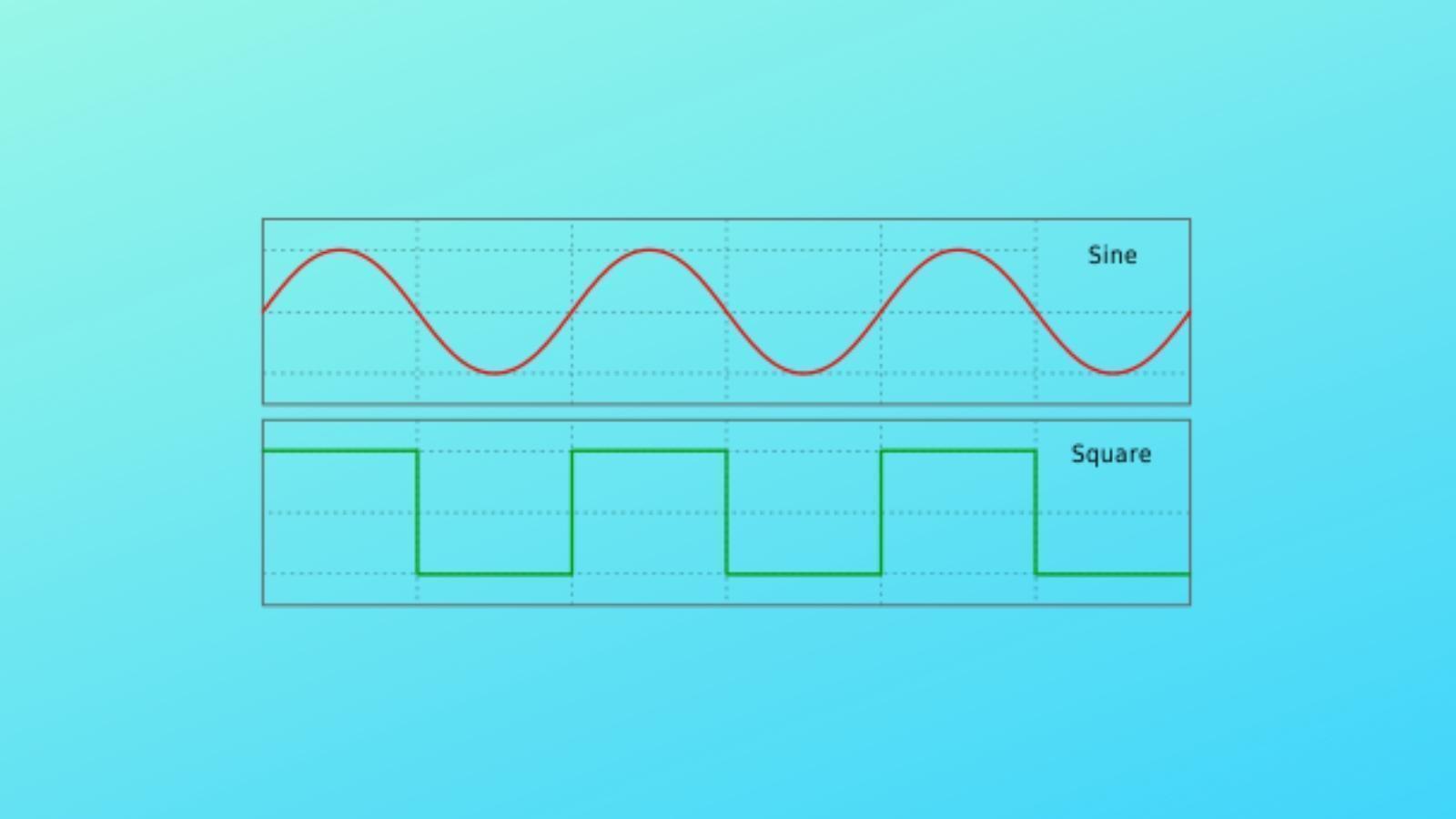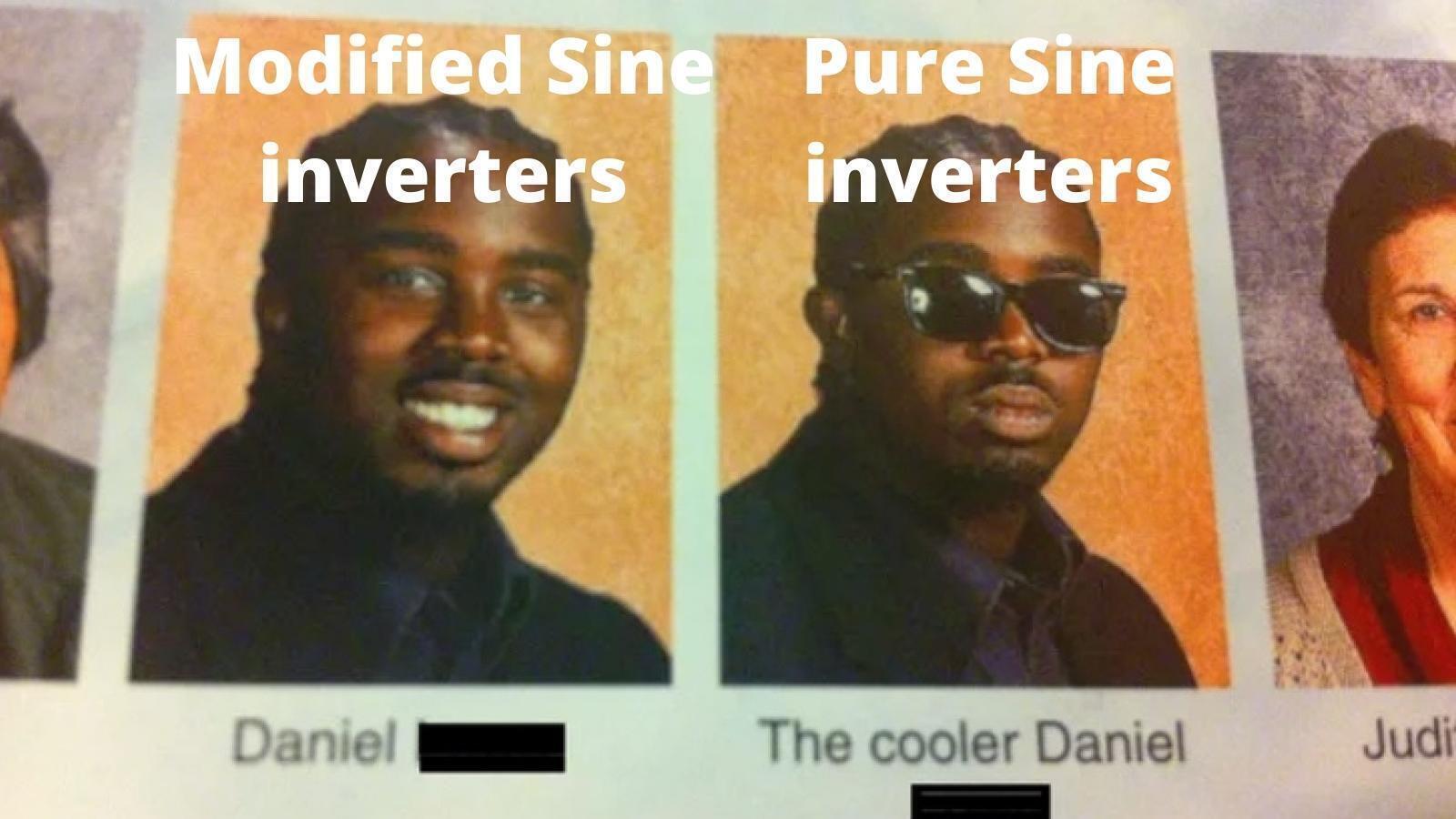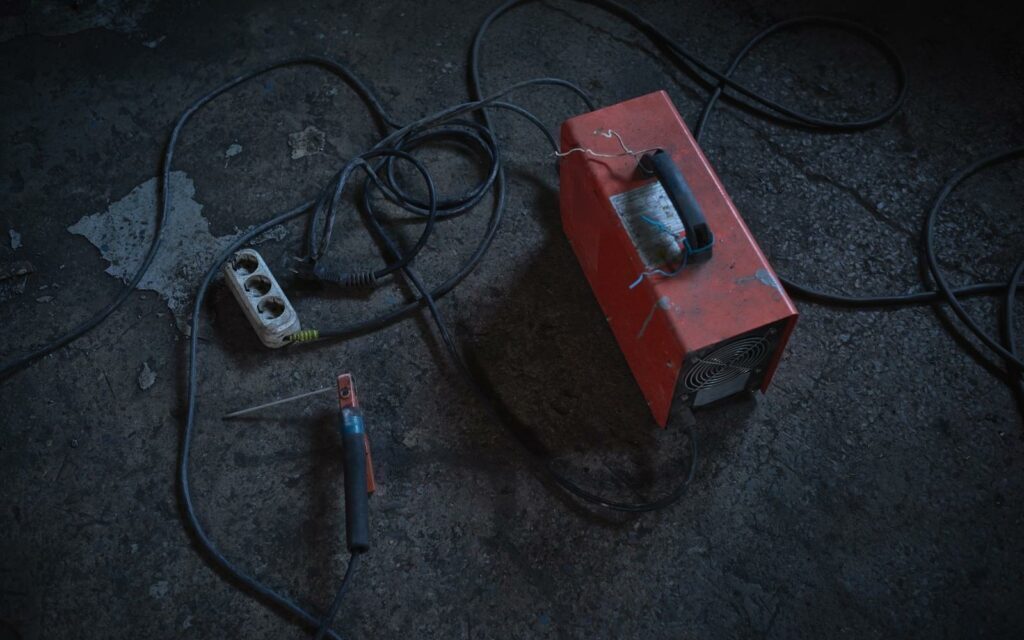sineSouth Africans and Eskom have developed a love-hate relationship over the past decade. Eskom loves to haemorrhage South African money and South Africans hate Eskom. There isn’t much we can do about the state power utility, leaving us to explore other avenues to have power when we’d like it. Generators, solar panels, and inverters have become the best solutions to solve the issue at hand.
One of the more mysterious devices is the inverter. Choosing an inverter can be confusing at times, thanks to the difference between modified and pure sine models. Whether it’s preinstalled in your generator of choice or a complete standalone, you need to know what they do. We’ll explore both models’ uses, so you can decide which is best for your needs.
Thunderstruck
There are two types of inverters; Modified sine and pure sine inverters.
In their simplest form, inverters convert a direct current (DC) into an alternating current (AC). The power grid produces AC power, which is what comes out of our plug points at home. Appliances and other home goods prefer AC. Devices such as laptops and smartphones require DC electricity to function. As a result, they’re equipped with a rectifier. That’s that plastic-encased block midway along your power cabling. This converts incoming AC currents to the DC power that these devices require.
Here’s a quick refresher on how AC/DC work, and what each does.
Modified sine inverters
Modified sine inverters attempt to replicate a real AC sine wave but their internal workings are, relatively speaking, not that advanced. Because of this, the wave produced tends to suffer abrupt changes in direction. This will make sense in a second.
Below, you can see how the modified sine wave becomes jagged and stairlike, rather than the smooth line it’s trying to be. This pattern is caused by the crude way the inverter switches between polarities. This isn’t a big issue for most devices running on AC power. There are exceptions. Modified sine inverters specifically shouldn’t be used to power AC electric motors. That offbeat switching and stairlike wave can cause the motor to vibrate. This increases heat buildup and can shorten the lifespan of the motor.

Devices like TVs, computers and consoles should adapt to the modified wave and run as they should. If a device has a rectifier (like a laptop or console) it should automatically clear up the unsmooth sine wave as it converts it to DC power.
Anything with a thyristor should not be powered with a modified sine inverter. That includes printers, dimmers, and variable-speed motors, among others. DC-powered devices aren’t exempt either. A silicon-controlled rectifier is a form of thyristor, and it doesn’t like modified sin much. Fluorescent lights also disagree with this sort of inverter.
Pure sine inverters
Pure sine inverters are a more complex take on an inverter. It’s able to exactly replicate an AC sine wave from a DC power source — like a generator, for example. It can do everything a modified inverter does, but better and with better reliability. All electronics run perfectly on a pure sine inverter, making it the better option in every way. Except one.
This added sophistication adds a fair chunk to the price. It’s worth paying if you would rather take zero chances on your electronics. It’s also the better option if you’re looking to keep electric motors in good condition.
Neither modified nor pure sine inverters are cheap, though a modified model’s design is significantly cheaper.
Read More: How I escaped Eskom’s load shedding – with batteries and solar
tl;dr

Modified sine inverters are acceptable for the large majority of people, provided you know what you’re getting into. They’re quite a bit cheaper than their pure sine counterparts and offer more basic access to power.
Pure sine inverters can run everything you throw at them. For a price. When powering sensitive gear, pure sine inverters are the superior option. They’re also worth investing in if you intend to get an entire office environment up and running. It’s no good having company laptops compensate for modified sine output when you also need your printers working perfectly.



